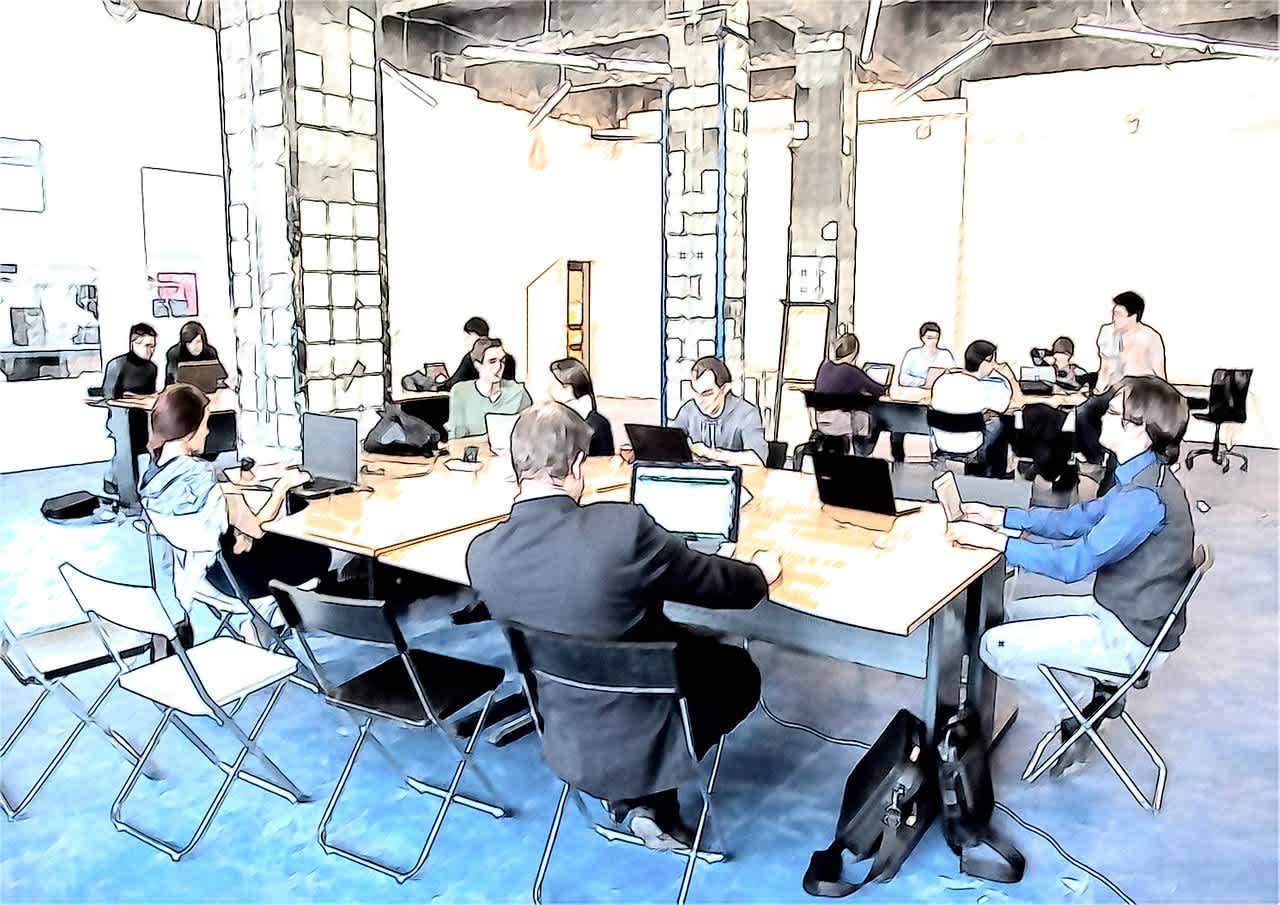The Benefits Of Adaptable Workspaces For The Modern Workforce
ByJulian Gette
Workast publisher

Workast publisher
You're probably at your office desk right now, aren't you? But imagine if your workspace could morph to your needs - a secluded corner for focus, an open area for collaboration. Welcome to the world of adaptable workspaces - a game-changer for the modern workforce. Let's explore how they're revolutionizing our work environment.
Adaptable workspaces are designed to foster collaboration in a way that traditional office setups often fail to do. Lotso of business owners are booking a desk where multiple people can sit because they realize that these dynamic spaces can be reconfigured according to the task at hand. For example, if a group brainstorming session is needed, furniture can be shuffled quickly to make space for a collaborative circle. Or, if the task calls for a more formal setup, the area can be re-arranged into a conventional meeting room.
This flexibility encourages spontaneous interactions and discussions among team members, boosting creativity and innovation while breaking down hierarchical barriers. Adaptable workspaces are also inclusive, accommodating different work styles and needs, which increases engagement and participation. In essence, they create a shared sense of ownership and community within the workforce, driving collaboration to new heights.
In adaptable workspaces, people are no longer bound to a fixed location, increasing their comfort and focus. These spaces offer quiet zones for deep work, collaborative zones for teamwork, and informal areas for relaxation or casual chats. This flexibility empowers employees to choose where and how they work, based on their tasks, mood, or personal preference.
Moreover, the change of scenery within the same workspace can stimulate creativity and prevent burnout. The ease of access to resources and colleagues can also reduce wasted time. All these elements, combined with a sense of autonomy and well-being, lead to higher levels of productivity. Adaptable workspaces, thus, not only cater to the diverse needs of the modern workforce but also help in unleashing their full potential.
Having a flexible workforce brings a lot of different benefits. Here are some of the most important ones:
Adaptation to changing circumstances
Improved work-life balance
Geographic diversity
Increased engagement
Resilience and distributions
Diverse work styles and preferences
Promotion of inclusivity and diversity
Innovation and creativity
Alignment with modern tech
Adaptable workspaces contribute significantly to flexibility and agility. They allow for swift configuration changes according to the task, enhancing productivity and creativity. For instance, a team can quickly transform a quiet room into a collaborative space for brainstorming.
Additionally, such workspaces empower employees to select their preferred work environment, fostering a sense of autonomy. This adaptability aligns with the dynamic needs of a modern workforce, promoting effective responses to changing circumstances.
These systems significantly enhance employee satisfaction by creating an environment that caters to individual needs and preferences. They provide the flexibility to choose a workspace best suited to one's task or mood, offering a sense of control and comfort. This increases job satisfaction and morale, reducing stress and enhancing overall well-being.
The sense of autonomy and freedom to rearrange their workspace promotes a culture of trust and respect, fostering a positive work environment. Moreover, the inclusivity that adaptable workspaces provide caters to diverse work styles, ensuring every employee feels valued and accommodated. Thus, adaptable workspaces contribute to a happier, more satisfied workforce.
Adaptable workspaces eliminate the need for multiple dedicated areas, optimizing the use of available space. Instead of maintaining separate areas for meetings, collaboration, and individual work, one flexible space can serve multiple purposes. This not only reduces the cost of rent and utilities but also the expenses associated with furniture and equipment.
Furthermore, these workspaces can easily scale up or down according to business needs, preventing waste of resources and money on underutilized spaces. Consequently, businesses carve, thus paving the way for further growth and innovation.
Adaptable workspaces are a magnet for top talent as they reflect forward-thinking leadership and a commitment to employee well-being. These spaces cater to diverse work styles, fostering a culture that values flexibility and autonomy. The ability to work in an environment that accommodates changing needs is appealing, leading to increased job satisfaction and productivity.
This positive work environment not only attracts highly skilled professionals looking for innovative workplaces but also encourages current employees to stay. The sense of community, freedom to choose how and where to work, and the satisfaction derived from a workspace that adapts to their needs contribute to talent retention.
Adaptable workspaces are shaping the future of work, and they hold a lot of promise for you and your team. They provide the freedom to work as per your preferences, stimulate creativity, enhance productivity, and promote collaboration. Plus, they're cost-effective and great for attracting and retaining talent. If you're looking for a workspace that keeps pace with the dynamic demands of the modern workforce, an adaptable workspace could be the game-changer you need. Embrace the future and see the difference.

